In January 2019, I was lucky enough to witness one of the most amazing Carnivals – the Balkans-Vevchanski carnival. The carnival that has been ongoing for centuries is an interesting mix of paganism and modernism. It is held on 13th and 14th January (on the eve of and on the first day of the New Year, according to the old orthodox calendar), or day of Saint Vasil.
The main characteristics of the carnival are archaism, secretiveness, and improvisation. The sharp satire leaves nothing untouched, targeting the national leadership, politics, religion and social issues. According to its specific features, this carnival is unique and one of a kind. The arena of the carnival event is the whole village of Vevcani, which turns in an open theatre of its kind where each house, each street is a scene onto which disguised people perform their plays like real actors.
There are three traditional masks: bride, groom, August the Stupid and musicians. A bride is a man disguised as a woman, dressed in traditional folk clothes. The role of August the Stupid is particularly distinct. Young people, full of energy bear this mask and communicate with the audience by peculiar movements and gesticulations, waiving with whips made of animal tales trying to chase away the bad spirits as they walk ahead of the bride and the groom.
In the early hours of the 14th of January on temperatures down to -20C around 2 am most of the village follows the bride and the groom to the springs where they collect water that they use to make the special bread the next morning. On the morning of the 14th, all disguised people also called Vasilicari go around the village visiting each household that has the name of Vasil, dancing and singing in each house. During the carnival, the disguised participants enjoy all possible freedom and passion to “place the world upside down”, freedom in which the creativity of the spirit is expressed, as well as the sense for improvisation, criticism, and sarcasm. At the end of the carnival, the masks are taken off and burned in the middle of the village – a symbolic act of purification to chase out the evil spirits.
2Kviews
Share on Facebook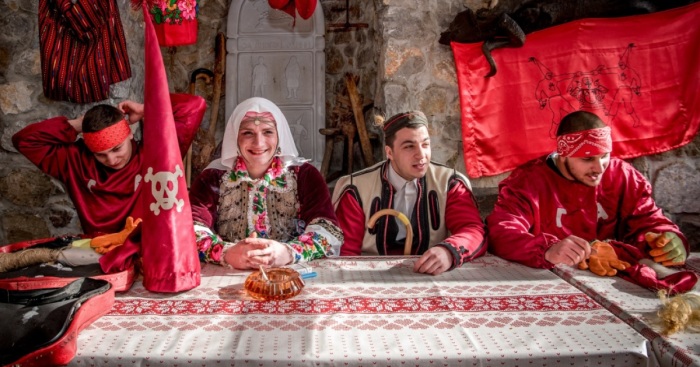
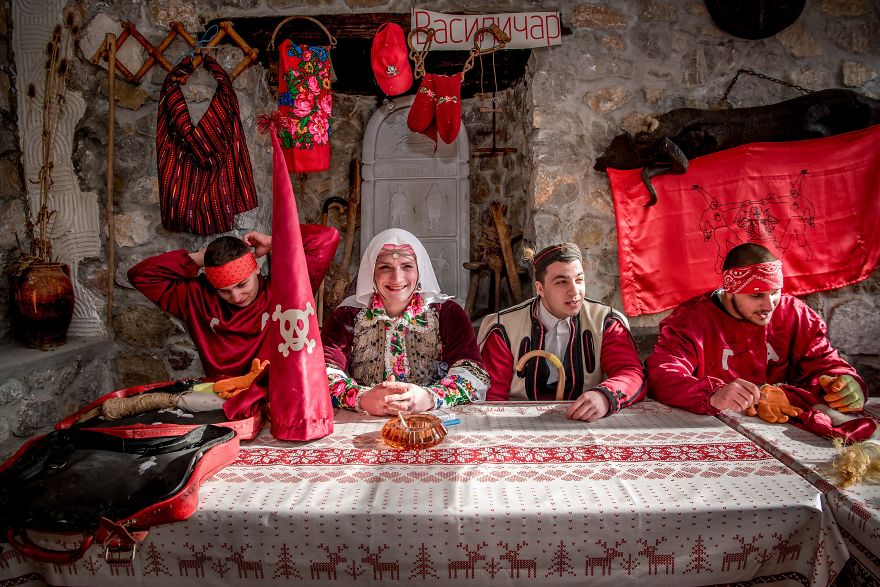
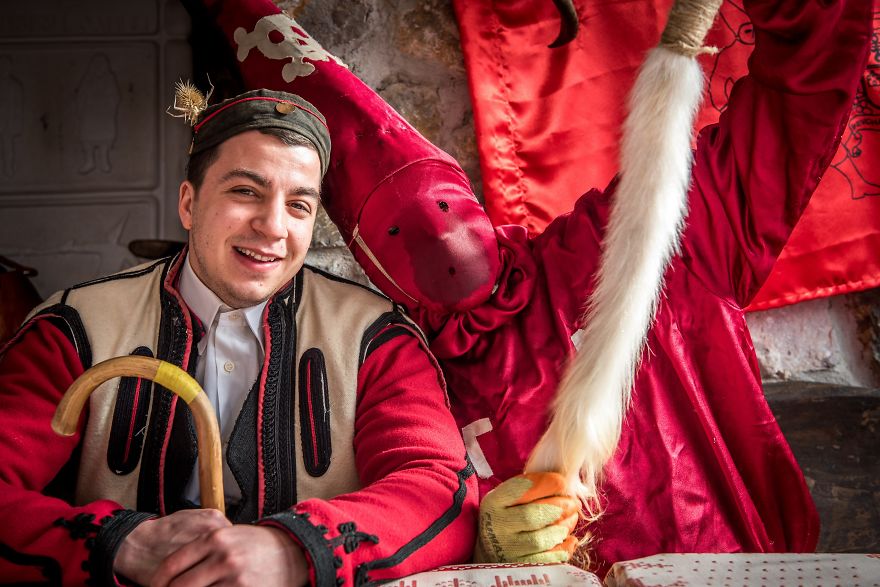
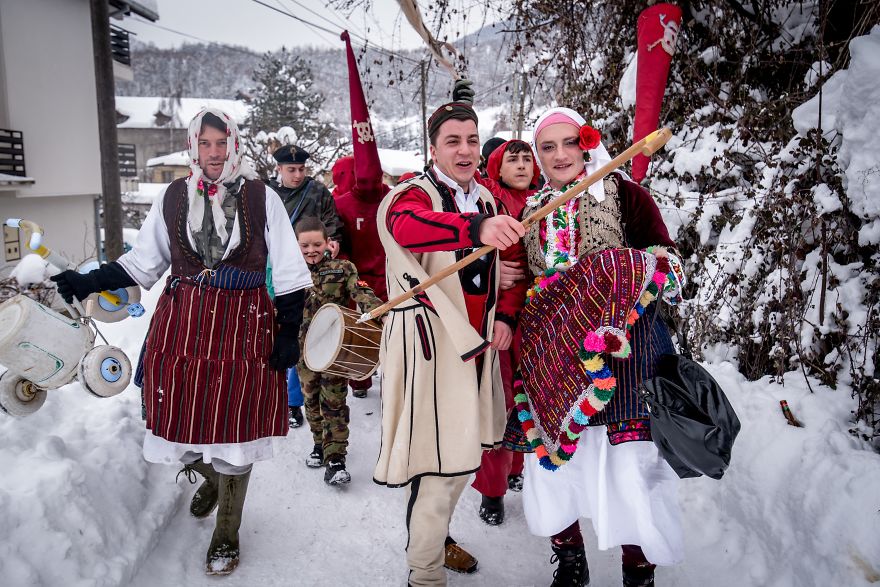
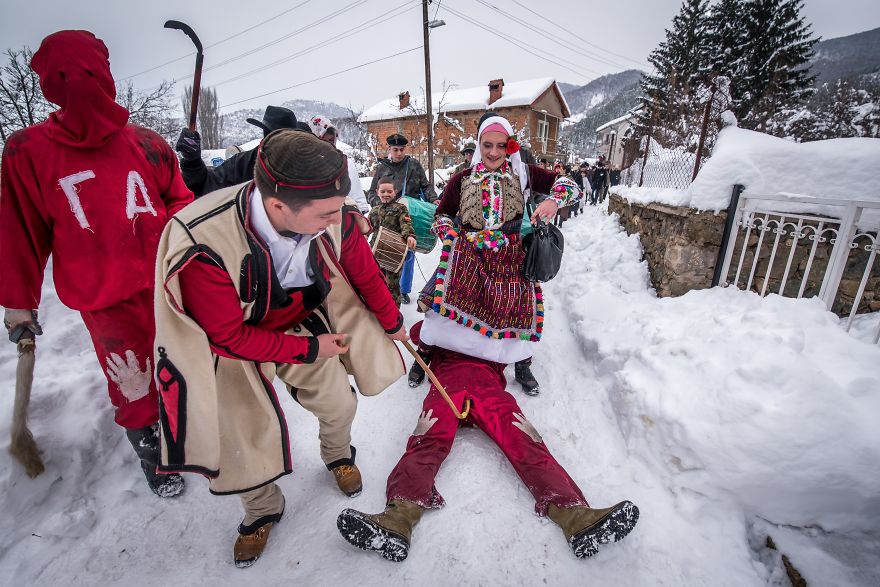
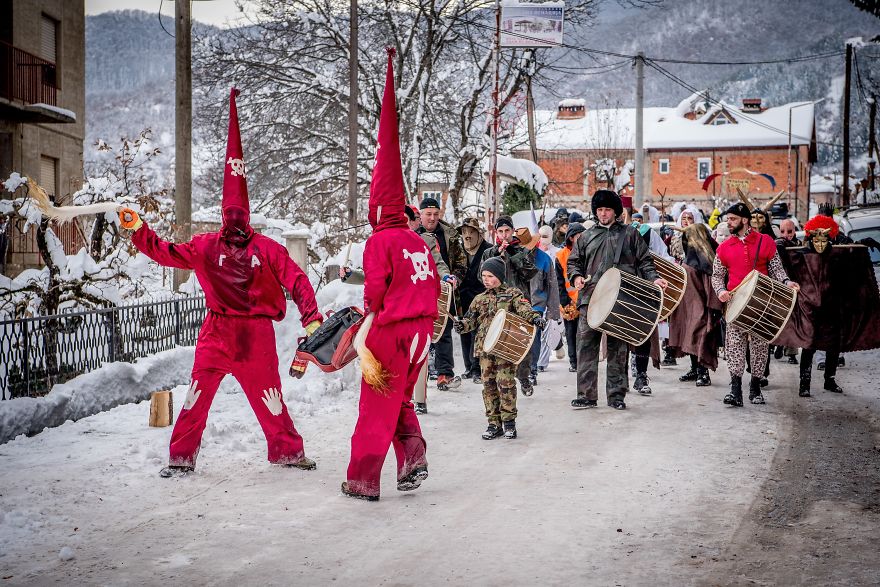
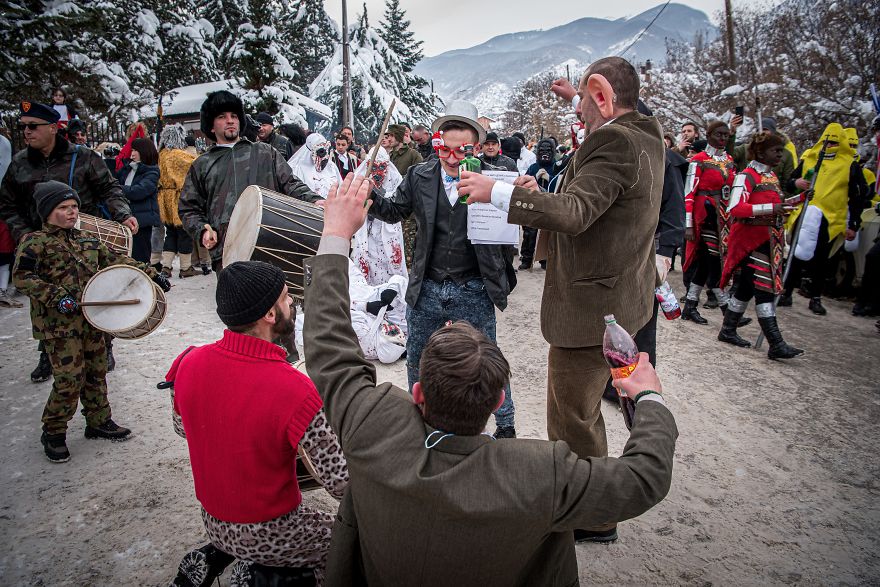
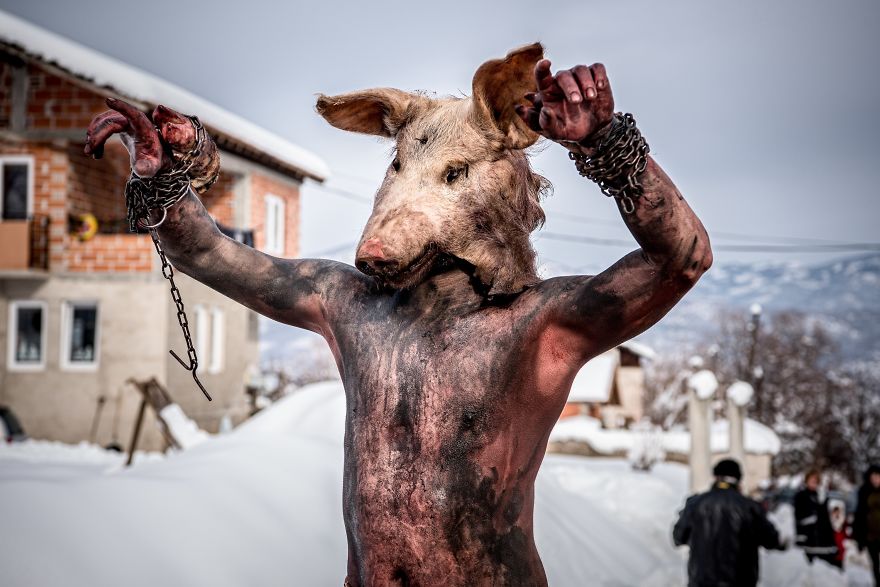
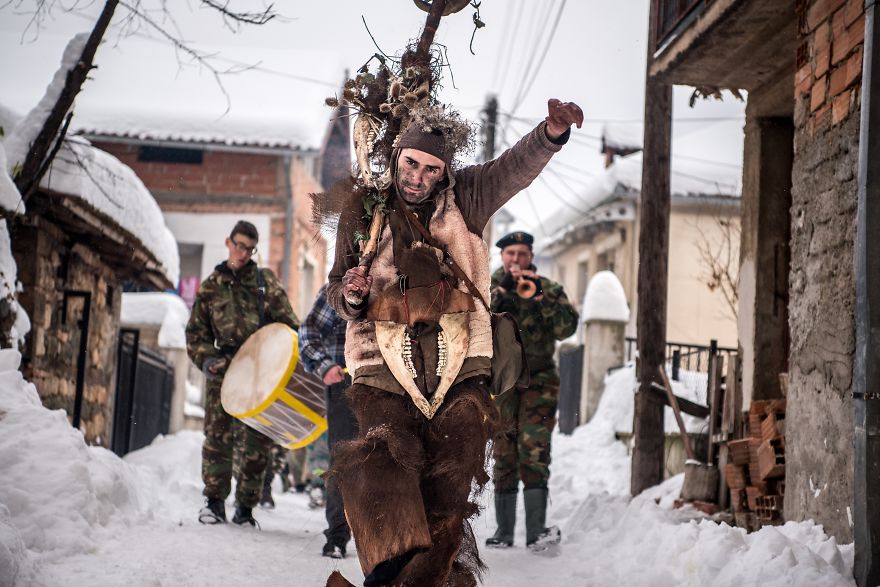
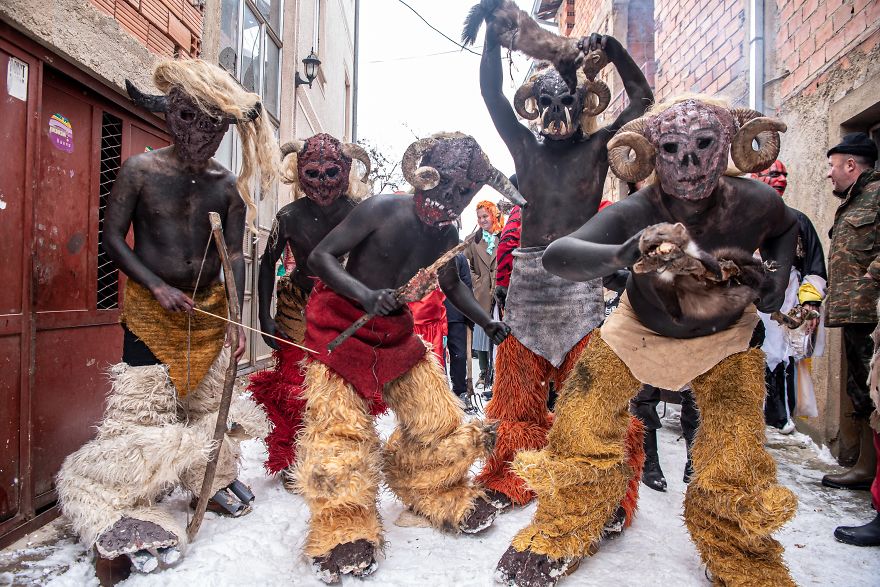
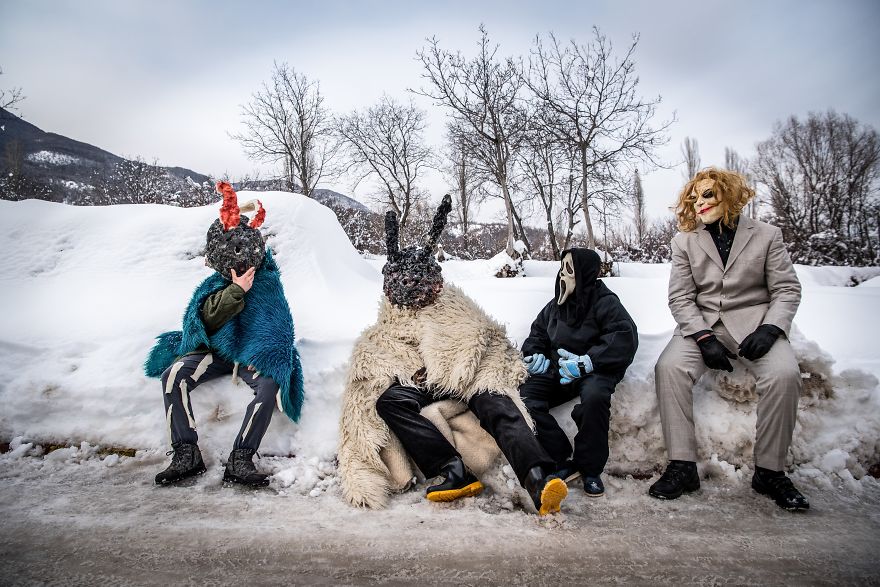
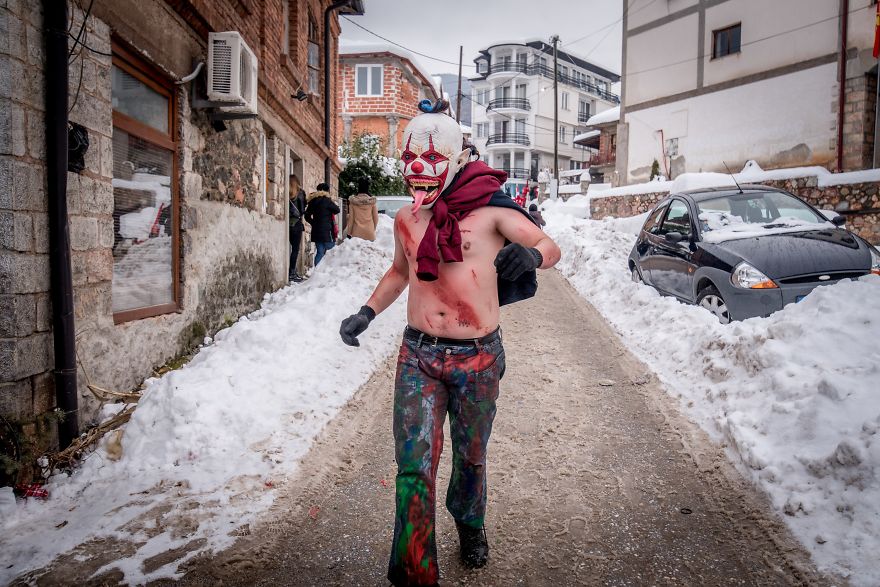
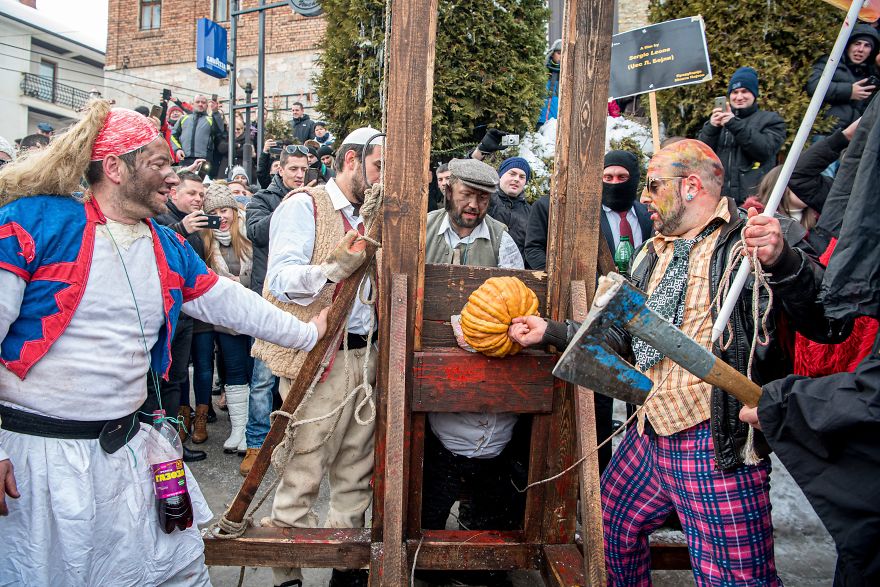
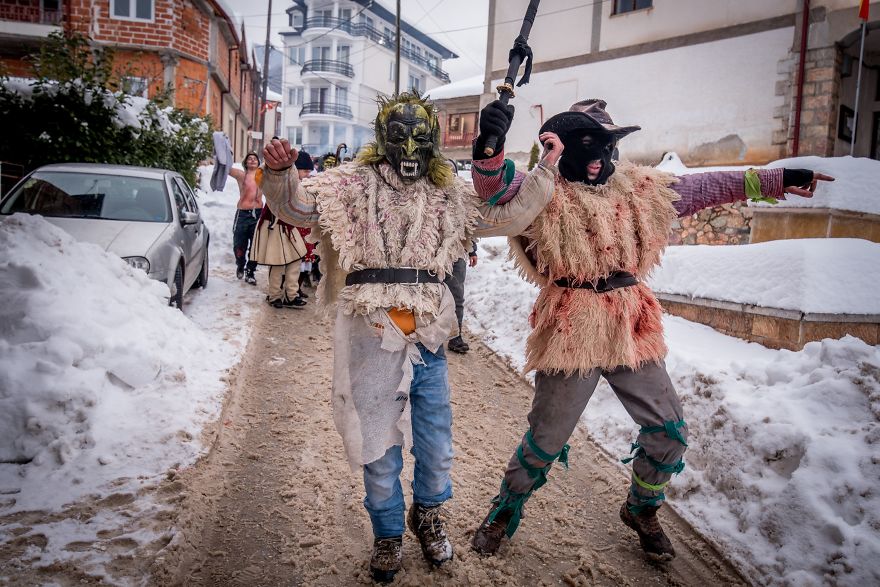
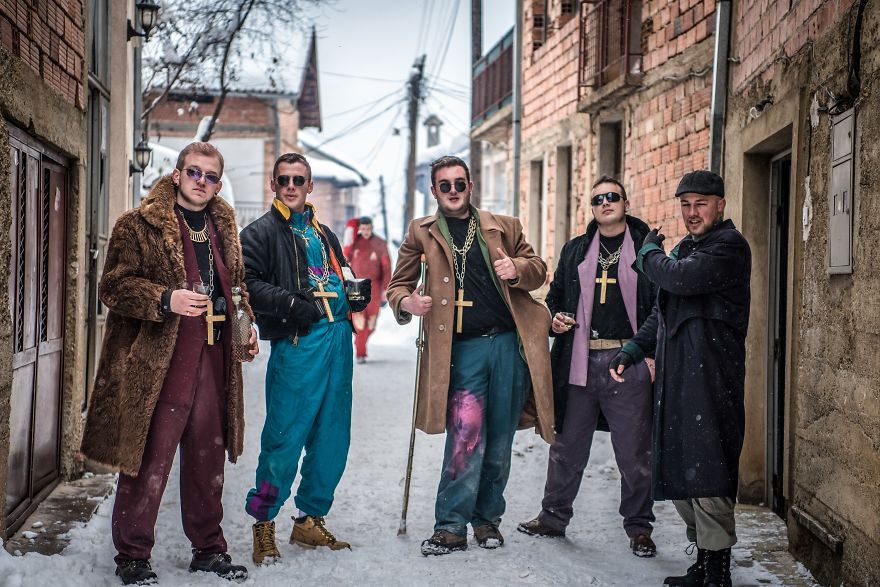
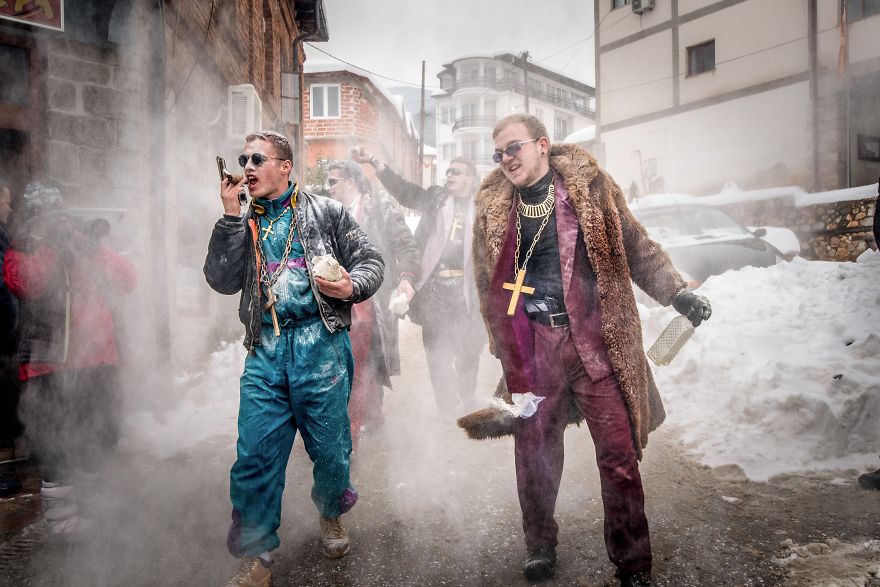
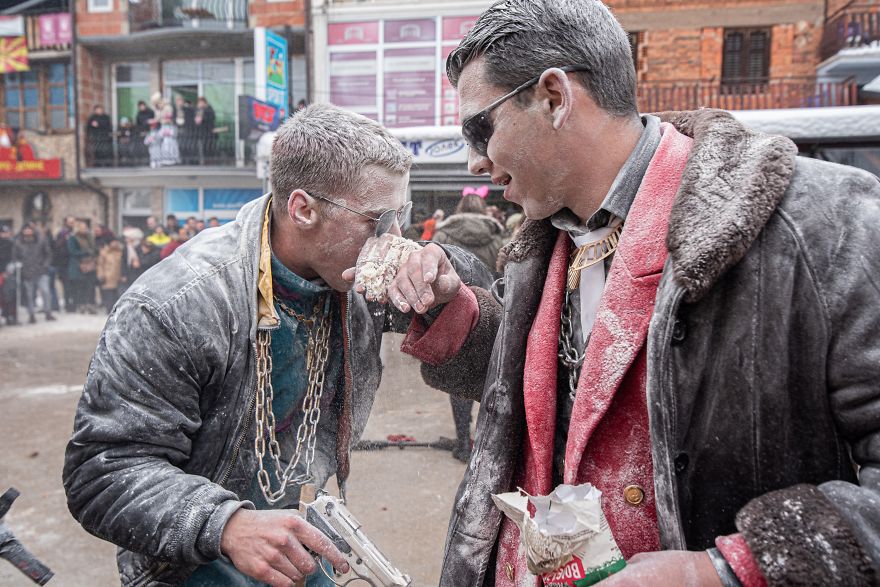
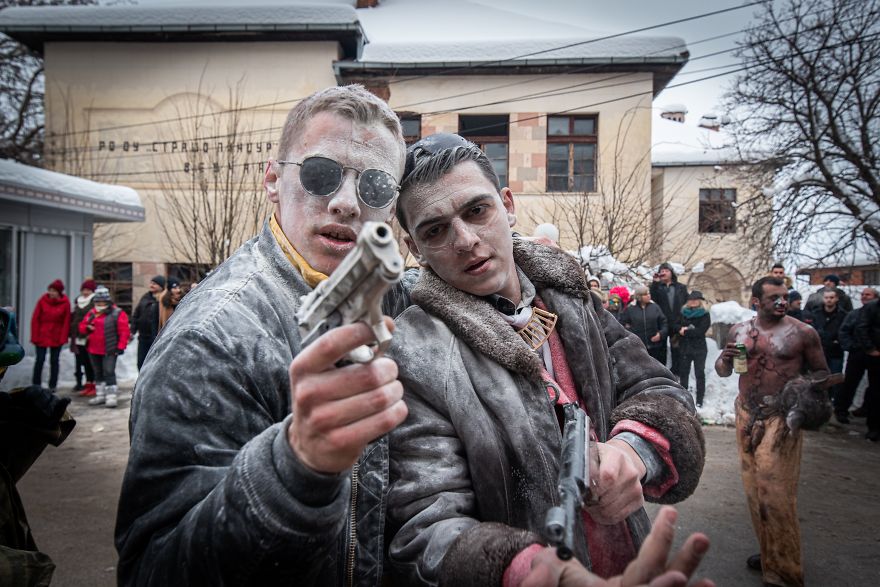
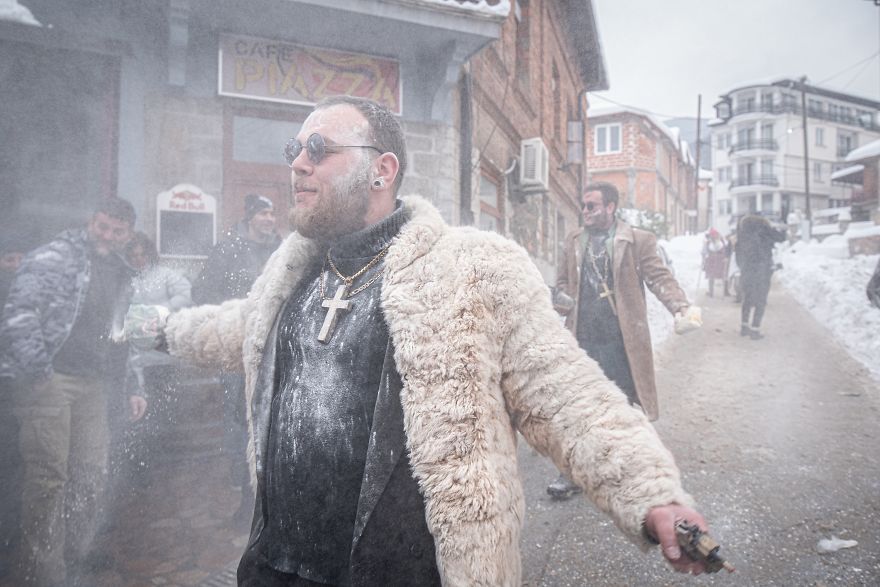




17
1